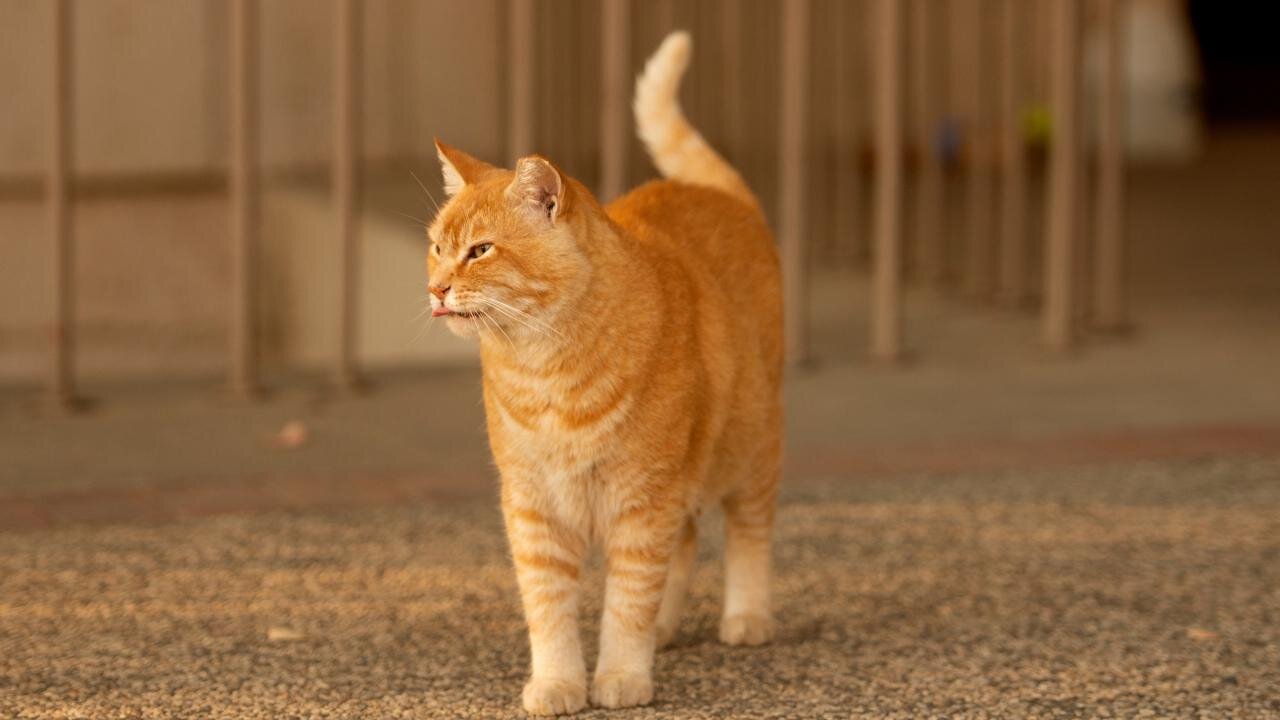Many mammals, from domestic cats and dogs to giant pandas, use scent to communicate with each other. A new study from the University of California, Davis shows how domestic cats send signals to each other using odors derived from families of bacteria living in their anal glands. The work was published Nov. 8 in Scientific Reports.
The study adds to a growing body of research on the relationship between microbes and odor in mammals, including domestic dogs, wild animals such as foxes, pandas and hyenas, and humans.
Cats’ scent comes from a mix of volatile organic compounds, including aldehydes, alcohols, esters and ketones. While mostly undetectable to human noses, these scents are important in cats’ behavior and social lives. They mark territory, attract mates and repel rivals.
Connie Rojas, a postdoctoral researcher working with Professor Jonathan Eisen at the UC Davis Department of Evolution and Ecology and Genome Center, led a three-part study of anal gland secretions from domestic cats. They used DNA sequencing, mass spectrometry and microbial culturing to look at the chemicals in the secretions and the microbes that make them.
The subjects in the study were 23 domestic cats seen at the UC Davis Veterinary Medical Teaching Hospital for elective procedures such as dental cleaning. Owners gave written permission for their cats to take part in the study.
2023-11-16 03:41:02
Post from phys.org
